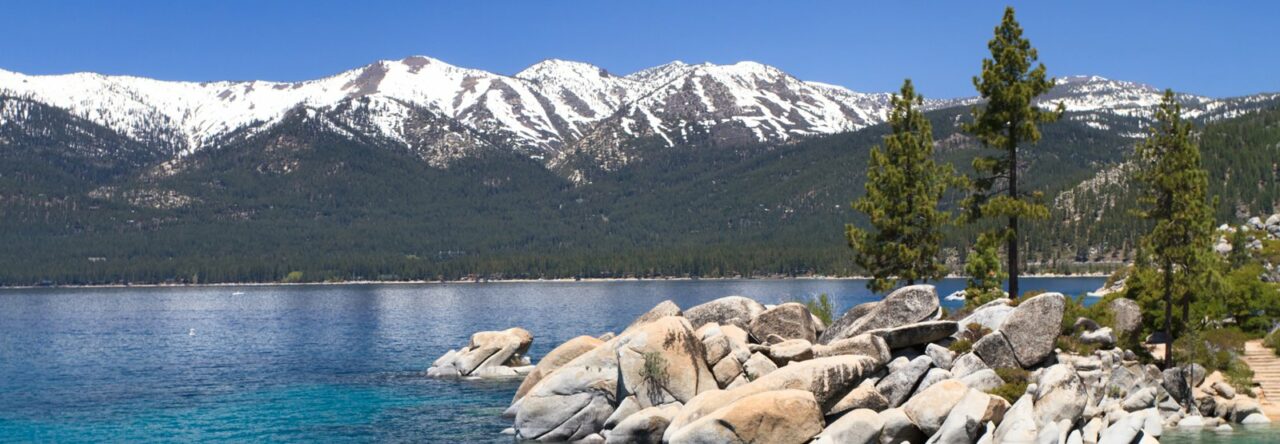It was a cold, kind of rainy morning and Edwin caught a bit of a head cold, so we did some needed cleaning in the RV, went to the visitor center to get some more info and get the kids their junior ranger badges, and did some biking around the trails. Every day in Glacier has been great. We somehow didn’t have enough time to make a 10 mile hike to one of the big glacier lakes…didn’t quite realize we would’ve had to drive a few hours to the other side of the park and then start the hike…probably would’ve happened had we continued East, but we are heading back to Coeur d’Alene tomorrow to make our way back to the Bay Area for a few days, so it was too much of a detour. We definitely won’t be able to cross everything off the list on this trip, but now we’ll know how to do for the next time.
Here’s some good history/fun facts for you if anyone is interested…
George Bird Grinnell visited Glacier in the late 1800s and began lobbying the government for this place he coined the “Crown of the Continent” to become a national park. Glacier National Park became a park in 1910 under President William Howard Taft.
At the time 3 Native American tribes existed in the territory. The Blackfeet, the Kootenai, and the Salish.
The Canadian side of Glacier National Park is known as Waterton Lakes National Park. They were established separately and are managed independently. In 1932 the US Congress and Canadian Parliament declared the parks be joined to commemorate the long-standing peace between the 2 countries. Waterton-Glacier International Peace Park was established and became the worlds first International Peace Park.
What is a GLACIER? to be a glacier it must have 3 things… 1) be 100 feet thick. 2) 25 acres in area. 3) must be moving
In 1850 there were a reported 130 glaciers in the park. As of today only 26 “ish” remain.
Sadly, by the year 2030 there will be NO more glaciers in what is known as Glacier National Park…only a little more than 10 years from now.
A little about climate change, global warming or whatever name you want to put on it… (and feel free to correct me if I have some misinformation #Alyssa, if you’re reading this 🙂
12,000 years ago the world was 7 degrees cooler than it is today. In the last 100 years the temperature has raised 2 degrees. It’s not so much about the temperature rising…but the RATE OF CHANGE. Our plants and animals (including us) are smart and can adapt to change, but we are not used to adapting to such changes so quickly.
The reason for the temperature rising…is the amount of carbon in our atmosphere. Carbon is NOT a bad thing. All organic materials/compounds are carbon based. The problem is the amount. Things such as forests and oceans are “carbon sinks” and they absorb and store carbon into their ecosystems at a rate of ~6 billion tons of carbon per year. Then we have things such as volcanoes and forest fires, or other natural sources (even though humans are natural, we are put into a different category for this model) that are “carbon deposits” and put in ~2 billion tons of carbon per year. Humans, another “carbon depositer”, we put in ~8 billion tons of carbon per year. The issue is this “imbalance” and we have an excess of ~4 billion tons of carbon in our atmosphere.
Carbon is a greenhouse gas. Our UV in the atmosphere reacts with greenhouse gases such as CO2, methane, etc… and “stimulates” or “excites” them. Our atmosphere can only “absorb” so much of these gases and the “heat” that these “excited greenhouse gases produce” is what causes the increase in temperature. Again, the problem is not so much that our temperature is increasing, but the RATE of change.
So…a thing to remember…we come to national parks and are mindful. It is IMPORTANT to remember that our state parks, community parks, and more importantly our OWN BACKYARDS need the same level of care.
Here’s a quick/easy one if you’re still reading :). Currently, as bears are about to go into hibernation, it is called “hyperplasia”. They can eat up to 100,000 berries in one day.
And I’ll end with some rhyming fun…Allie the Algae took a “Lichen” to Freddy the Fungus and now they’re relationship is on the rocks or up in the trees. Lichen is not a fungus or algae but a “hybrid” and grows along rocks and on the bark of trees.

















